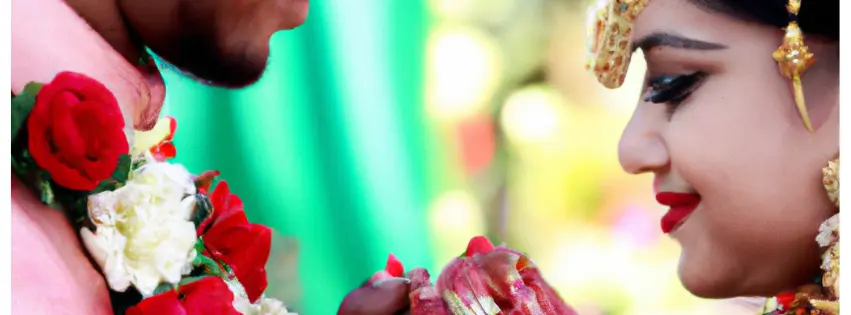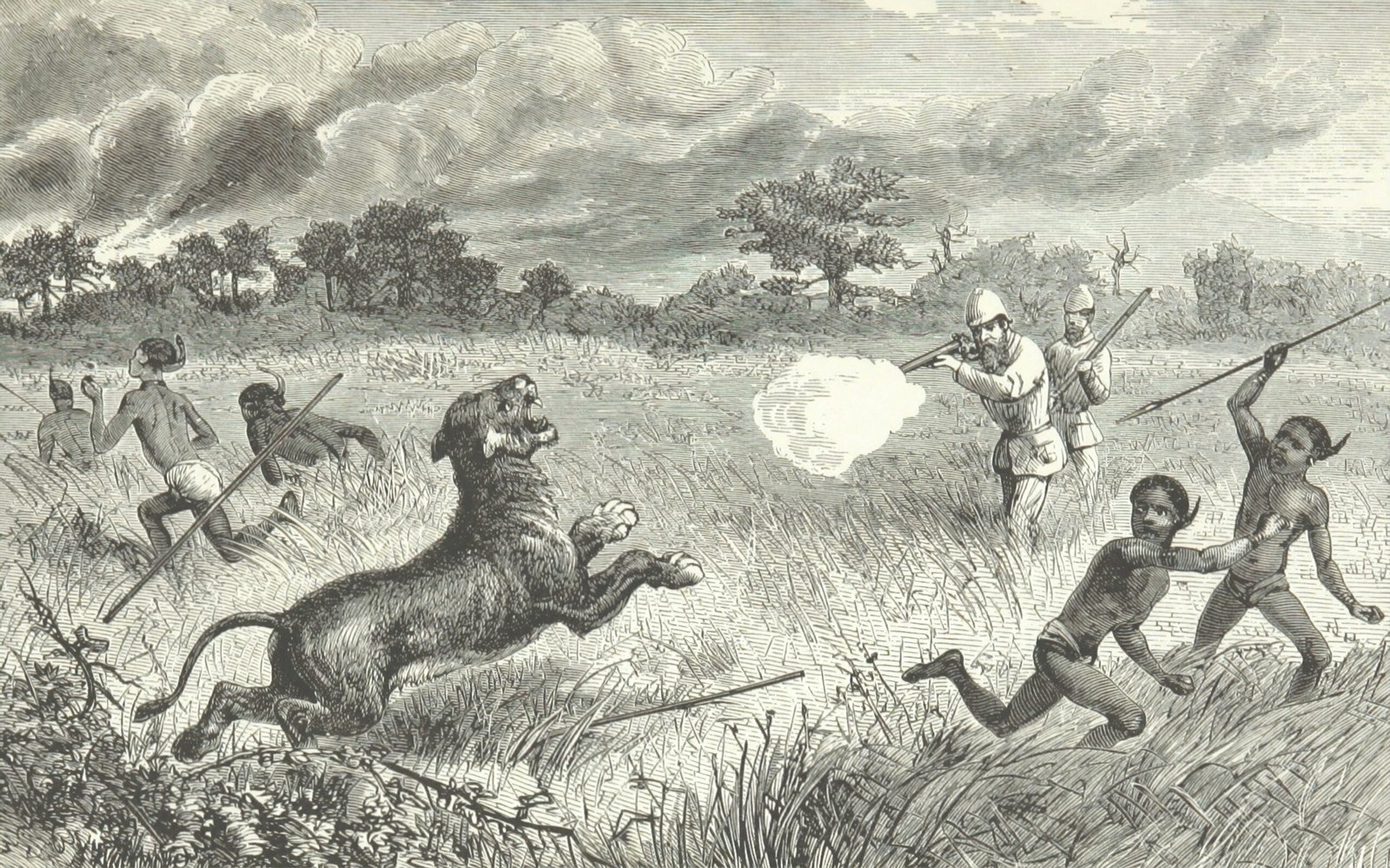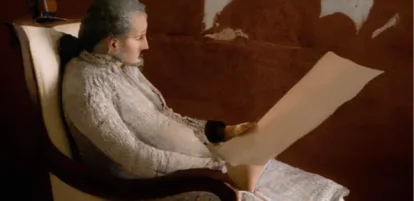Marriage is a fundamental social institution that has existed for millennia, evolving alongside humanity itself. But how did this tradition begin, and how has it transformed throughout history?
Marriage, a cornerstone of human society, has undergone a fascinating evolution throughout history. From its origins in ancient rituals to its contemporary forms shaped by cultural, social, and legal norms, the institution of marriage reflects the complex interplay of tradition, religion, and societal values. This essay delves into the rich tapestry of human matrimony, tracing its journey from antiquity to the modern era.
The Origins of Marriage
In the dawn of human civilization, marriage emerged as a fundamental social institution, predating recorded history. Initially, it likely took the form of informal unions based on instinctual mating behaviors and the need for mutual cooperation in survival. As societies evolved, marriage became intertwined with religious beliefs and cultural practices, serving both practical and symbolic purposes.
Marriage, a cornerstone of human society, boasts a rich and fascinating history. Its journey, spanning millennia, reflects the evolution of our social structures, cultural values, and even our understanding of love itself. Let’s delve deeper into this captivating story, exploring its ancient origins, diverse practices, and remarkable transformations.
While the exact origins of marriage remain shrouded in some mystery, archaeological evidence suggests a shift from temporary partnerships focused on survival and child-rearing towards more lasting unions as societies developed. This section dives deeper into the potential driving forces behind these early marital relationships.
Economic Cooperation and Division of Labor
Imagine a world without supermarkets or grocery stores. Early humans relied on hunting, gathering, and rudimentary agriculture for sustenance. Sharing these responsibilities and the spoils of their labor became crucial for survival, especially with the arrival of children. Marriage likely provided a stable framework for this economic cooperation.
- Men as Providers: Evidence suggests men may have taken on the role of hunters, venturing out to acquire food for the family. Their success directly impacted the well-being of their partner and offspring.
- Women as Caretakers: Women may have focused on nurturing children within the relative safety of the settlement, gathering edible plants, and preparing meals. This division of labor ensured the overall survival of the family unit.
Beyond Survival: Marriage as a Building Block of Society
Early societies weren’t simply collections of individuals; they were groups striving for survival and dominance. Marriage could have served as a tool for:
- Forging Alliances: Marriages between individuals from different groups may have fostered peace and cooperation, reducing conflict over resources and territory.
- Strengthening Communities: By creating new family units and potentially expanding the size of a group, marriage could have contributed to a stronger community with increased manpower for defense and resource acquisition.
The Evolutionary Puzzle
Some anthropologists posit that there might be more to the story. Early marriage practices might also have been influenced by:
- Cultural Rituals: Marriage ceremonies, even in their most basic forms, may have served as a way to mark a significant social transition and gain societal approval for the new partnership.
- Symbolic Unions: Marriages might have held symbolic value, representing the continuation of the group and the importance of procreation for the survival of the community.
Uncertainties and Ongoing Research
It’s important to remember that much of our understanding of early marriage practices comes from piecing together archaeological evidence and anthropological theories. The specific dynamics and cultural variations remain open to debate and further research.
Despite the uncertainties, one thing remains clear: the concept of marriage emerged as a response to fundamental human needs – survival, procreation, and the desire for a stable and secure social structure.
Diverse Practices of Marriage
Marriage customs across the globe have blossomed into a vibrant tapestry, woven with threads of tradition, religion, and social structures. Let’s embark on a journey to explore some of the fascinating variations in marriage practices throughout history and across cultures.
Monogamy, Polygamy, and Polyandry
- Monogamy: This system, where one man is married to one woman, is the most common form of marriage practiced today. However, its prevalence throughout history has varied.
- Polygamy: This practice allows for multiple marriages, with the most common form being polygyny, where a man has multiple wives. Factors like social status, economic power, or the need for a large workforce could influence polygyny. Less common was polyandry, where a woman has multiple husbands. This practice was often linked to specific cultural contexts, such as property inheritance traditions or ensuring the lineage of a ruling family.
Arranged Marriages: Tradition and Familial Duty
Arranged marriages, where families or communities select spouses, have been prevalent in many cultures throughout history. Reasons for arranged marriages included:
- Social Cohesion: Marriages could be used to solidify alliances between families or social groups, promoting peace and stability.
- Preserving Lineage: Arranged marriages could ensure that property or titles remained within a specific family line.
- Economic Security: Dowries or bride prices exchanged between families could serve as a form of economic security for the bride and her new family.
The Rise of Courtship and Individual Preference
While arranged marriages remain a practice in some cultures, the concept of love and individual choice in marriage has gained increasing importance in recent times. Courtship rituals, designed to allow potential partners to get to know each other, became a feature in many societies.
Rituals and Celebrations: Marking the Union
Marriage ceremonies, steeped in tradition and symbolism, mark the beginning of a new union. These celebrations vary greatly across cultures, incorporating religious practices, symbolic exchanges of gifts, elaborate feasts, and blessings from elders.
Dowries, Bride Prices, and the Value of Marriage
The exchange of wealth between families, in the form of dowries or bride prices, has been a feature of many marriage customs. Dowries, typically given by the bride’s family to the groom’s family, could be seen as a contribution to the new household. Bride prices, on the other hand, were payments from the groom’s family to the bride’s family, symbolizing the value placed on the bride and the importance of the union.
A Celebration of Diversity
The rich tapestry of marriage customs across the globe highlights the adaptability and creativity of human societies. Understanding these diverse practices allows us to appreciate the universality of the desire for partnership, family, and social connection, while acknowledging the multitude of ways cultures have chosen to express it.
Marriage for a Changing World
The 20th and 21st centuries have witnessed a dramatic shift in how societies view and approach marriage. This era is marked by a move away from traditional, often rigid, structures and a growing emphasis on individual choice, companionship, and a broader definition of love. Let’s delve into the key trends reshaping marriage in the modern world.
Love and Companionship Take Center Stage
Traditionally, marriages were often seen as economic partnerships or alliances. The modern era has witnessed a cultural shift where love and emotional fulfillment have become central to the concept of marriage. Romantic love, companionship, and shared values are increasingly seen as essential ingredients for a successful union.
The Rise of Gender Equality and Individual Choice
Legal reforms promoting gender equality have empowered women to make their own choices about marriage. This includes the right to choose their partner, delay marriage, or pursue careers without societal pressure.
Same-Sex Marriage Gains Recognition
The fight for marriage equality for same-sex couples has gained significant momentum in recent decades. Many countries have legalized same-sex marriage, reflecting a growing acceptance of diverse relationships and expanding the definition of who can marry.
Cohabitation and Alternative Family Structures
The concept of a traditional nuclear family is no longer the sole model for a successful relationship. Cohabitation, where couples live together without marrying, has become increasingly common. Additionally, same-sex couples raising children through adoption or surrogacy are redefining the concept of family.
Challenges and Negotiations in the Modern Marriage
The modern world presents its own challenges to marriage. Balancing work and family life, negotiating household responsibilities, and navigating changing gender roles are just some of the issues couples face. Premarital counseling and open communication are becoming increasingly important tools for building strong and lasting partnerships.
The Future of Marriage: Unwritten Chapters
The story of marriage continues to evolve. As societies grapple with issues like economic instability, changing demographics, and the increasing influence of technology on relationships, the future of marriage remains open to question. Will traditional notions of marriage continue to fade? Will new models of partnership emerge?
One thing remains constant: the human desire for connection, love, and a sense of belonging. The future of marriage will likely reflect the ongoing exploration of how best to fulfill these fundamental human needs in a rapidly changing world.






A Look at Marriage Through Time
Marriage is a fundamental social institution that has existed for millennia, evolving alongside humanity itself. But how did this tradition begin, and how has it transformed throughout history?